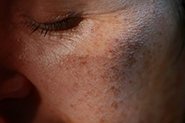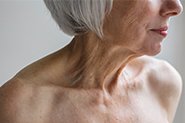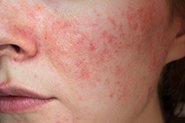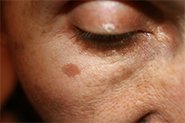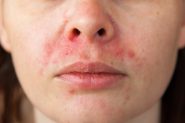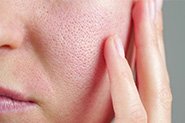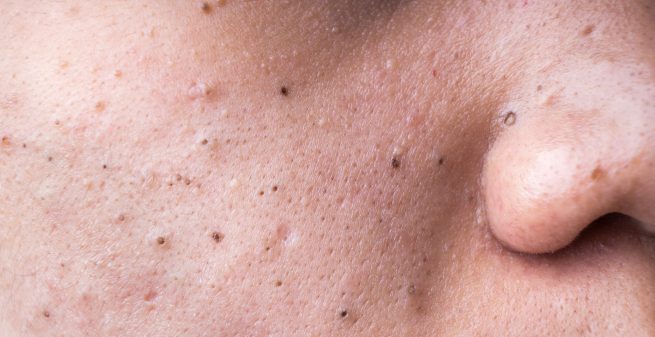
One recurring query in our inbox revolves around those pesky black dots that people refer to as ‘blackheads’ on the nose. Before diving into solutions, let’s debunk some myths and understand the science behind these tiny dots.
Are Those Black Dots Really Blackheads?
Let’s first understand if you have true blackheads, or something else entirely.
What Are True Blackheads (Open Comedones)?
True blackheads (technical name: ‘open comedones’) are very large, dilated pores that occur when the pore becomes stuffed full of oil and the super sticky kind of skin cells that are a hallmark of acne vulgaris. Blackheads will often be accompanied by acne lesions, and they can be present in areas outside your T-zone.

If what you’re noticing resembles tiny black dots on your nose (and possibly other areas in your T-zone), that are all a similar size, and spaced equally apart, then they very likely aren’t blackheads at all.
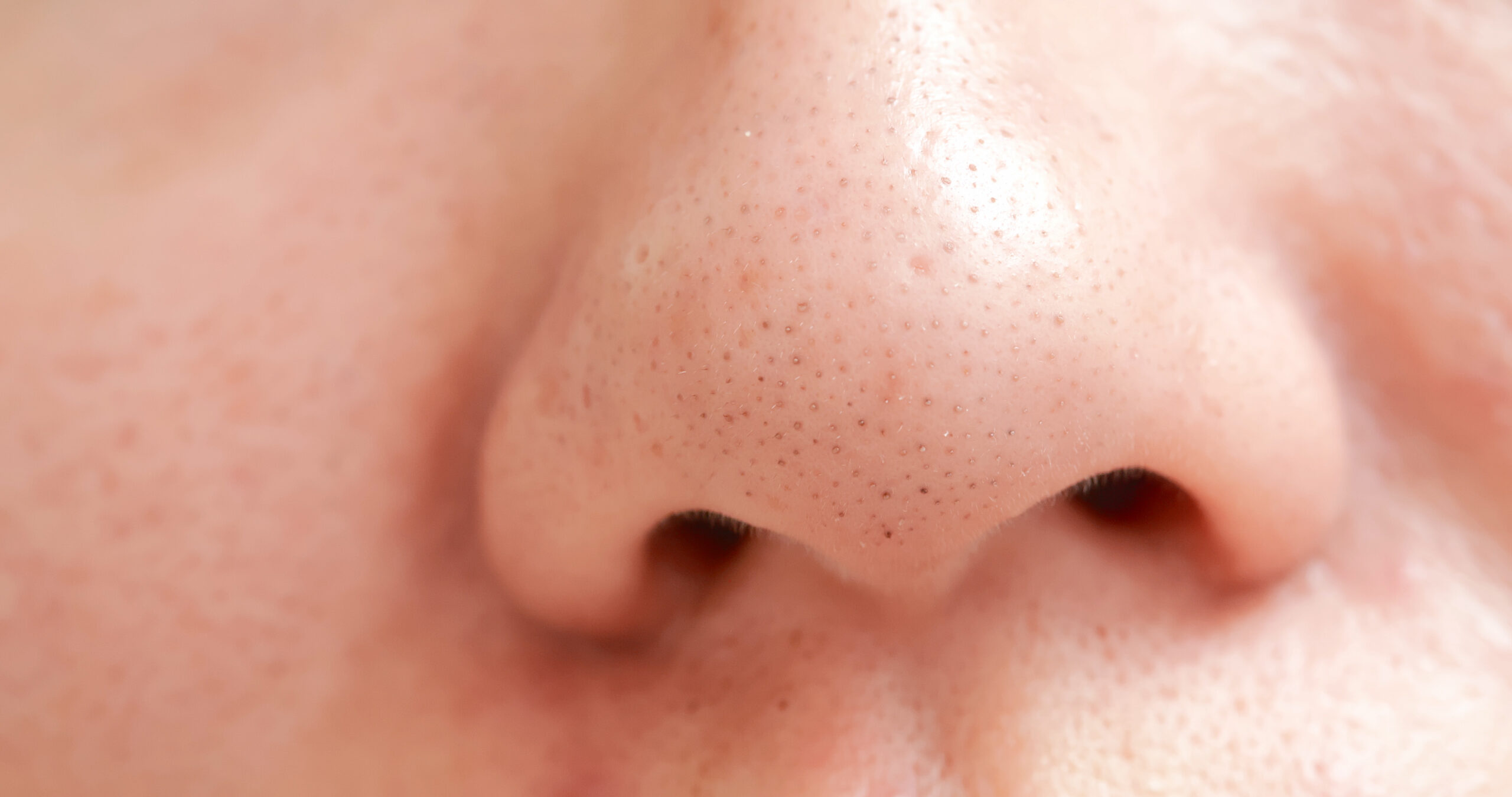
Common Blackhead Lookalikes
Here’s what your black dots are more likely to be:
Sebaceous Filaments:
These are tiny dots that can be black, but are typically yellowish in colour and evenly spaced apart. They result from the normal accumulation of oil and skin cell debris within your pores. If you gently press on the skin (not squeeze!), you’ll notice little white squiggles come out.
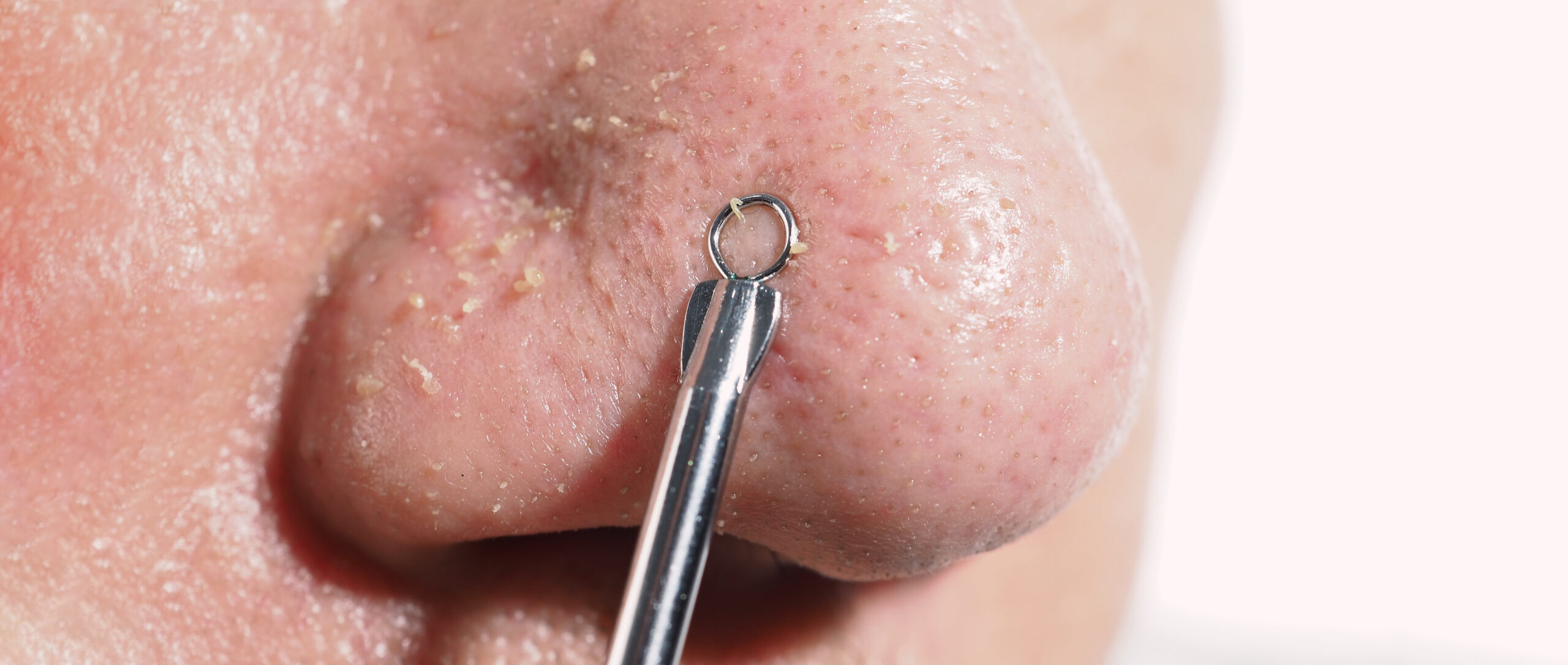
Tricostasis Spinulosa:
Each pore contains a tiny hair designed to guide oil secretion out of the pore and onto your skin. Sometimes these hairs get entangled within the pore, creating the appearance of black dots. Again, this is totally normal.
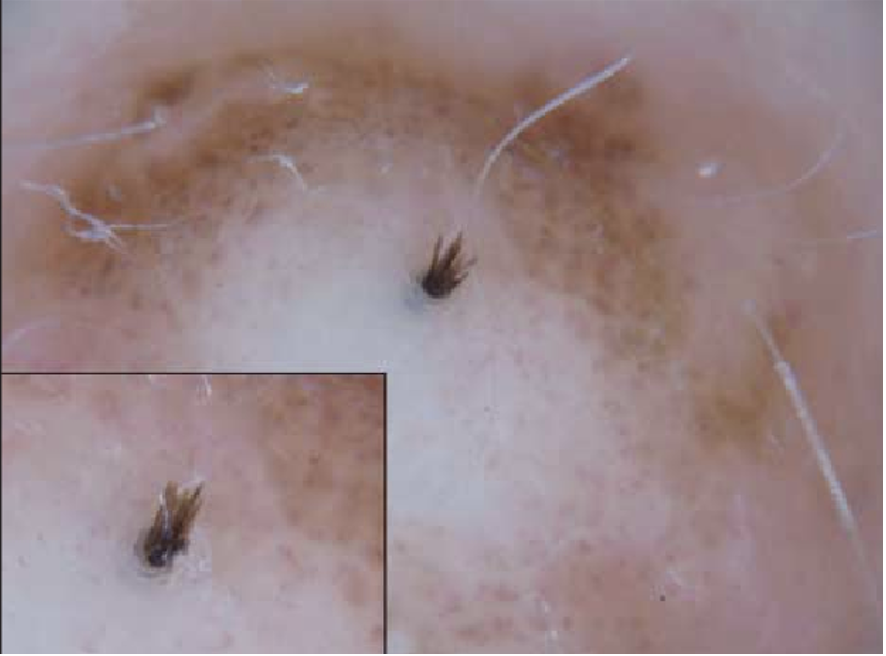
How to Treat Black Dots Safely
Let’s address the burning question: How do you deal with these black dots? Well, firstly, unless you have true blackheads, you don’t need to deal with anything. What you’re seeing is entirely normal! If they do bother you, and you want to keep black dots to a minimum, here’s some solutions you can try:
- Moisturise: Contrary to popular belief, aggressive squeezing or abrasive scrubbing isn’t the answer! Proper moisturising is key to maintaining a healthy skin barrier, and healthy skin turns over by itself, making consistent mosturising the essential first step.
-
Consistency: This leads nicely to our second tip – being consistent. Both sebaceous filaments and trapped hairs will just come back if you stop treating them, so being gentle and consistent is better than performing a once-off ‘shock and awe’ campaign, and then leaving them to come back a month later (this is also why expensive in-clinic treatments are an option, but not ideal as a maintenance regime).
- Retinoids: Now it’s time to talk about the ‘gold standard’ when it comes to clearing pores: a prescription retinoid. Retinoids promote cell turnover and unclog pores vey effectively, addressing both sebaceous filaments and trapped hairs (along with blackheads, if you have them!).
-
Salicylic Acid: Once you’re tolerating a retinoid daily, and the black dots persist, you can consider introducing salicylic acid, targeting the affected areas. This gentle exfoliant complements the action of retinoids, aiding in pore clearance. Pat on a tiny amount every 2nd or 3rd day and work up to daily if needed/tolerated. Qr8 patients can contact Nurse Kristen on the Support Line for a product recommendation.
Avoid These Pore Treatment Pitfalls
Avoid squeezing your pores using mechanical tools (tweezers, blackhead extractors, pore vacuums or your fingernails) as this can lead to damage to the pore walls, scarring, and enlarged pores in the long run.
In-clinic hydrafacials are great for a one-off treatment for special occasions. They can be very effective at clearing pores when used in expert hands (contact our Support Line for a clinic recommendation!). However, they are an expensive way of maintaining something that you can do easily and gently yourself at home.
If you’re desperate to be rid of your black dots, a one-off pore strip can do the trick. But it has to be used GENTLY, especially if you are in the early stages of using a retinoid. Always contact our Support Line for personalised advice about whether these treatments are suitable for you, and how to use them properly.
Conclusion: Treat Pores with Facts, Not Myths
So, you might not have blackheads at all! In fact, what you’re seeing may be completely normal. But if you want clearer pores, your best bet is a gentle, consistent skincare routine with proven ingredients – not forceful extraction or over-the-top treatments.
CONCERNED ABOUT YOUR SKIN?
CHAT WITH ONE OF OUR FRIENDLY DOCTORS TO GET EXPERT ADVICE ON PIGMENTATION, ROSACEA, MELASMA OR SUN DAMAGE.
BOOK YOUR PERSONAL SKIN CONSULT TODAY AND SPEAK WITH A DOCTOR WHO UNDERSTANDS YOUR SKIN AND HOW TO TREAT IT: CLICK HERE.
REFERENCES
Pozo L, Bowling J, Perrett CM, Bull R, Diaz-Cano SJ. Dermoscopy of trichostasis spinulosa. Arch Dermatol. 2008 Aug;144(8):1088. PMID: 18711103.
White SW, Rodman OG. Trichostasis spinulosa. J Natl Med Assoc. 1982 Jan;74(1):31-3. PMID: 7120439.
Cunliffe WJ, Holland DB, Jeremy A. Comedone formation: etiology, clinical presentation, and treatment. Clin Dermatol. 2004 Sep-Oct;22(5):367-74. PMID: 15556720.
Bowe WP, Shalita AR. Effective over-the-counter acne treatments. Semin Cutan Med Surg. 2008 Sep;27(3):170-6. PMID: 18786494.
Harwood A, Nassereddin A, Krishnamurthy K. Moisturizers. 2022 Aug 21. In: StatPearls [Internet]. Treasure Island (FL): StatPearls Publishing; 2024 Jan–. PMID: 31424755.
Singh Y, Neema S, Bahuguna A, Dabbas D. Sebaceous Filaments. Dermatol Pract Concept. 2021 Jan 29;11(1):e2021148. PMID: 33614220.


